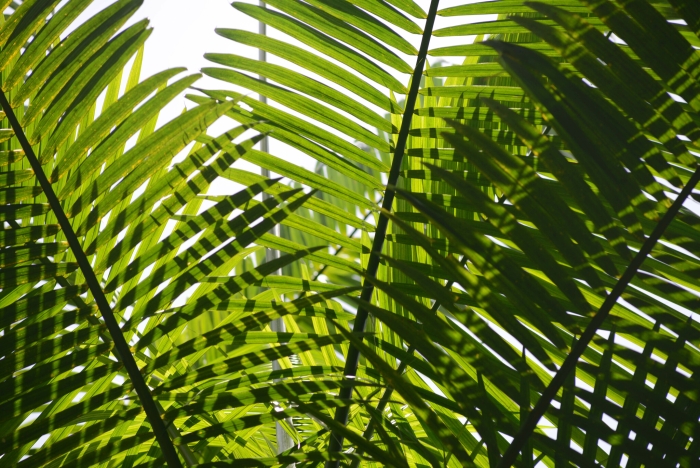Açaí Palm
(Euterpe oleracea)
Açaí Palm (Euterpe oleracea)
/
/

© B. Phalan
CC BY 4.0
Image By:
© B. Phalan
Recorded By:
Copyright:
CC BY 4.0
Copyright Notice:
Photo by: © B. Phalan | License Type: CC BY 4.0 | License URL: http://creativecommons.org/licenses/by/4.0/ | Uploader: deboas | Publisher: iNaturalist |
























Estimated Native Range
Summary
Euterpe oleracea, commonly known as açaí palm, is a perennial herbaceous plant native to floodplain forests and swampy areas in the Amazon basin, particularly in Brazil and Colombia. It is a tall, slender palm that can reach over 82 feet in height, with pinnate leaves up to 3 meters long. The açaí palm produces small, round, black-purple fruits that grow in clusters. These fruits are highly valued for their nutritional content, particularly their high levels of antioxidants such as anthocyanins. The açaí palm typically flowers and fruits once a year, with the fruiting season varying by region but generally occurring during the dry season.
The açaí palm is notable for its fruit, which has gained international fame as a superfood. The fruits are used to make açaí bowls, smoothies, and other health-oriented products. In cultivation, the açaí palm prefers wet, swampy soils and a tropical climate with high humidity. It requires full sun to partial shade and regular watering to mimic its native wetland conditions. While it is not commonly grown in home gardens due to its size and specific requirements, it is cultivated on plantations for fruit production. The açaí palm is also valued for its ornamental foliage and is used in landscaping in suitable climates. Potential problems include pests such as palm weevils and fungal diseases, which can affect fruit yield and palm health. The palm’s popularity has led to concerns about sustainable harvesting practices in native regions.CC BY-SA 4.0
The açaí palm is notable for its fruit, which has gained international fame as a superfood. The fruits are used to make açaí bowls, smoothies, and other health-oriented products. In cultivation, the açaí palm prefers wet, swampy soils and a tropical climate with high humidity. It requires full sun to partial shade and regular watering to mimic its native wetland conditions. While it is not commonly grown in home gardens due to its size and specific requirements, it is cultivated on plantations for fruit production. The açaí palm is also valued for its ornamental foliage and is used in landscaping in suitable climates. Potential problems include pests such as palm weevils and fungal diseases, which can affect fruit yield and palm health. The palm’s popularity has led to concerns about sustainable harvesting practices in native regions.CC BY-SA 4.0
Plant Description
- Plant Type: Tree
- Height: 15-30 feet
- Width: 10-15 feet
- Growth Rate: Moderate
- Flower Color: Orange
- Flowering Season: Summer, Fall
- Leaf Retention: Evergreen
Growth Requirements
- Sun: Full Sun
- Water: High
- Drainage: Medium, Fast
Common Uses
Bee Garden, Bird Garden, Edible*Disclaimer: Easyscape's listed plant edibility is for informational use. Always verify the safety and proper identification of any plant before consumption., Potted Plant, Water Garden
Natural Habitat
native to floodplain forests and swampy areas in the Amazon basin, particularly in Brazil and Colombia
Other Names
Common Names: Acai Palm, Acai Berry, Açaizeiro, Açaí, Açaí-Do-Pará, Cabbage Palm, Euterp-Palm, Manicola-Palm
Scientific Names: , Euterpe oleracea, Catis martiana, Euterpe badiocarpa, Euterpe beardii, Euterpe brasiliana, Euterpe cuatrecasana, Euterpe cuatrecasasiana,
GBIF Accepted Name: